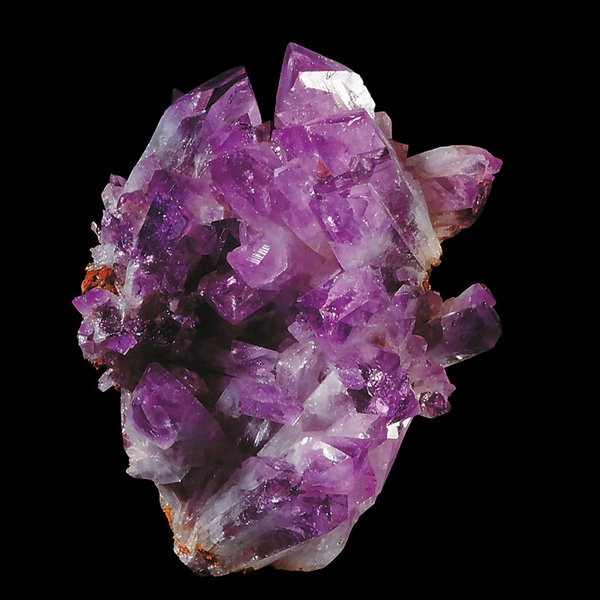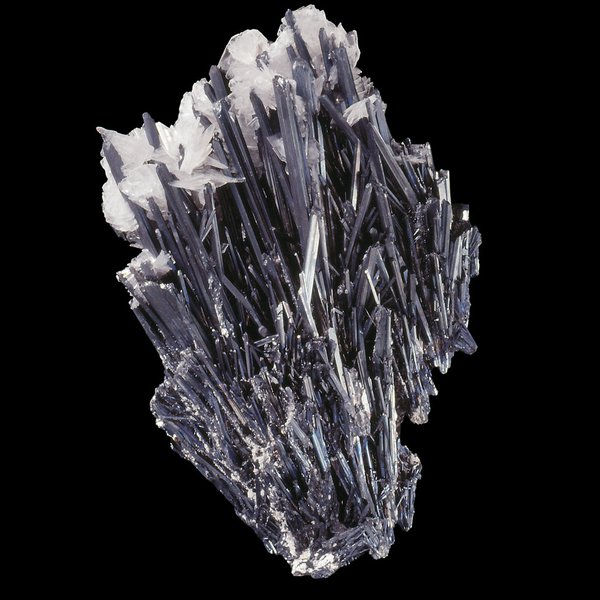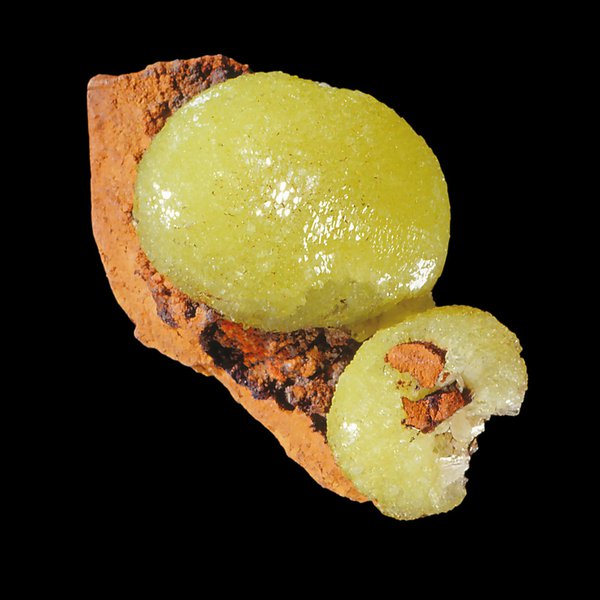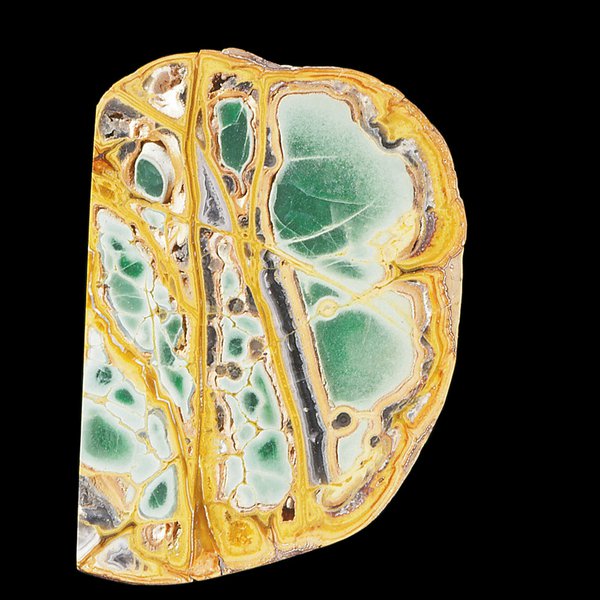Albert Chapman Collection
The Albert Chapman Collection consists of 820 specimens renowned worldwide for its mineralogical diversity, crystal perfection, aesthetic appeal and high Australian content.


The collection
The Albert Chapman Collection is truly an Australian national treasure and a collection of international significance.
Half of the 820 specimens in this exceptional collection are Australian, with one quarter from Broken Hill, New South Wales. Many of these outstanding specimens (such as cerussite, smithsonite, rhodonite, pyromorphite, azurite, anglesite and spessartine) are among the best ever found at Broken Hill.

Rhodochrosite. N’Chwanning Mine, North Cape Province, South Africa. 7.6 x 14.1 x 5.2 cm. Registered 1996, D.50701. Albert Chapman Collection.
Image: Stuart Humphreys © Australian MuseumOther highlights include historical and irreplaceable heritage items from important mining regions such as Cobar (azurite and malachite) and New England, New South Wales (molybdenite, cassiterite, scheelite and fluorite); Cloncurry, Queensland (erythrite and copper); Dundas, Tasmania (crocoite) and Moonta and Burra in South Australia (atacamite, chalcopyrite and malachite). They are some of the finest crystallised minerals from all periods of Australia’s mining history, from the 1840s, 1850s and later. As such, they are a unique part of Australia’s cultural heritage.
Classic minerals from old European, African and American localities are also prominent in this collection, but there is worldwide coverage, with specimens from famous collections and with interesting pedigrees, such as topaz and quartz from Alabaschka, Ural Mountains; ‘cog-wheel’ bournonite from Cornwall; epidote from Austria; and stibnite from Romania. Some specimens passed from one institution to another for over 100 years.
About Albert Chapman
Albert Chapman was born in Mackay, Queensland, on 20 June 1912. His father was a sea captain and amateur naturalist who often brought home natural history specimens, such as sea shells, and encouraged Albert to collect minerals. One of the first specimens in Albert’s collection, gold in quartz, was given to him by his father. In the 1920s, beginning around age 12, Albert began collecting rocks on the shores of the Parramatta River, Sydney, where he later lived.
Albert became interested in the sparkling crystals he found in rocks on the river shoreline, which turned out to have interesting histories.
Some, like dolerite, had been used to construct breakwaters and came from Prospect Quarry in western Sydney, and others, like garnet gneiss from South America, were deposited in ballast dumped from ships which anchored nearby. Albert later collected from Prospect Quarry, finding beautiful prehnite and other minerals.
Albert trained as a cabinet maker and carpenter, later establishing a building business in Sydney; however, collecting and trading minerals was the hobby that dominated his life. Being a perfectionist in his craft as well as his hobby ensured that Albert’s collection was very special indeed. The mines of Broken Hill, with their incredible variety of fine mineral specimens, also attracted him and many underground collecting trips were made through contacts with mine managers and miners, who became firm friends.

Albert Chapman and Warren Somerville outside The Gallery of Minerals, Orange, New South Wales, about 1980. Australian Fossil and Mineral Museum archives.
Image: John Fields © Australian MuseumAlbert’s specimens were not often seen overseas, so he was able to trade them with collectors and museums in Europe and America to further build up his collection. These travels were often made with his wife Doreene who was also a collector. Through his collecting, reading and travelling, Albert became a very knowledgeable amateur mineralogist and an authority on Australian minerals. This reputation earned him automatic entry to the great museums of the world.
On the local scene, Albert was often accompanied by keen mineral collector, Rev. Bert Gardner, with whom he travelled to Prospect Quarry, New South Wales, several times. Albert was also a mentor to mineral collector, Warren Somerville, who became a close friend. The Warren Somerville Collection is on display at the Australian Fossil and Mineral Museum, Bathurst.
Albert was a shrewd mineral trader and fine judge of mineral quality. He set high standards in the selection and collection of minerals and because of his efforts Australian mineral collecting became important on the world scene. Albert was a founding member of the Mineralogical Society of New South Wales and assisted Australian museums to acquire important specimens. His advice on mineral specimens was sought after by professional and amateur alike. He was the first Australian mineral collector to visit the famous Tucson Gem and Mineral Show in the USA and became a regular, well-known and respected attendee, exhibitor and trader of minerals.
Through his dedication and passion for fine minerals, Albert assembled one of the top ten private mineral collections of the world. He still maintained a keen interest in minerals right up to his death on 20 July 1996, aged 84.


















